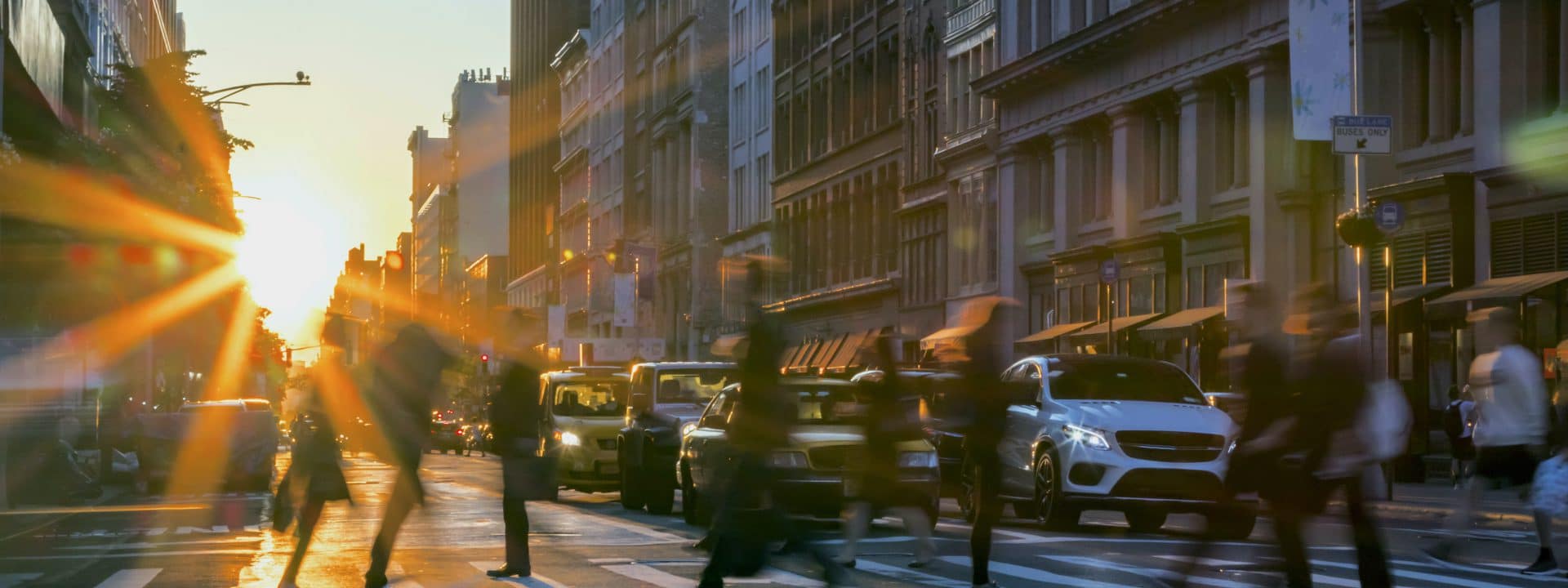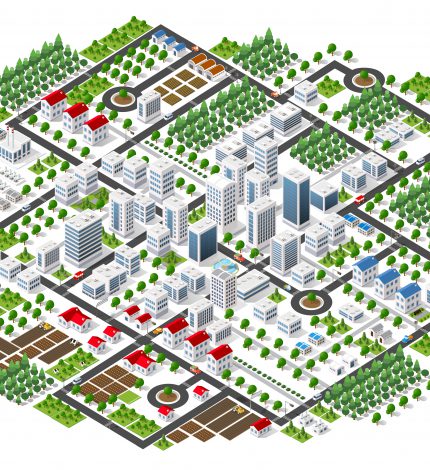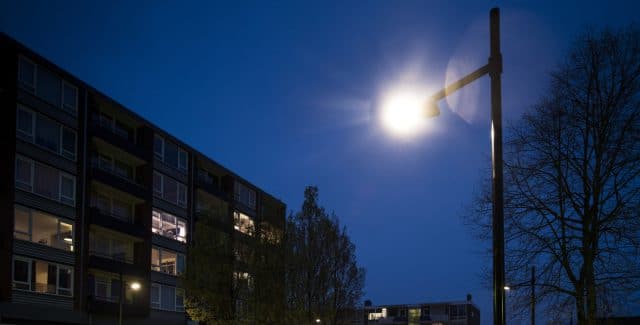Conclusion: smart lighting leads to substantial savings
This business case has demonstrated for this municipality that substantial savings are possible by dimming the lighting. In scenario 4, almost 32 percent less energy is used. When applying the “Elexon D60” dimming scheme, the annual savings are 481 MWh, GBP 69k, 132 tons of CO2.
This graph shows consumption and savings for all four dimming scenarios in Kwh, British Pounds and Tons of CO2:

In this graph the calculated energy consumption for each lamp, for every day and for every scenario, taking into account the effect of astro times on lighting schedules:

Additional advantages
The less quantifiable benefits should be added to the savings mentioned. Consider, for example, active lighting control on through roads, where the software for controlling public lighting is linked to software for traffic counting. Using local sensors can save up to 85%. There are also the advantages in terms of saving on operational costs through automatic fault reports, less pressure on the KCC and the fast repair times in case of failure.
In addition, note that the smart lighting system is not only for dimming, but also gives the possibility to provide additional lighting where and when it is needed, for example in case of emergencies or an event.
Monitoring and adjustment
The information from the system whether the street lighting is being dimmed in the right way. By monitoring the lighting on the energy dashboard in the Luminizer management software, the savings results of the smart lighting system are shown to be compared to the set goals. It enables to make adjustments where necessary and to compare the performance with other municipalities. The smart lighting system will become an active part of public space management.
![]()






